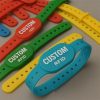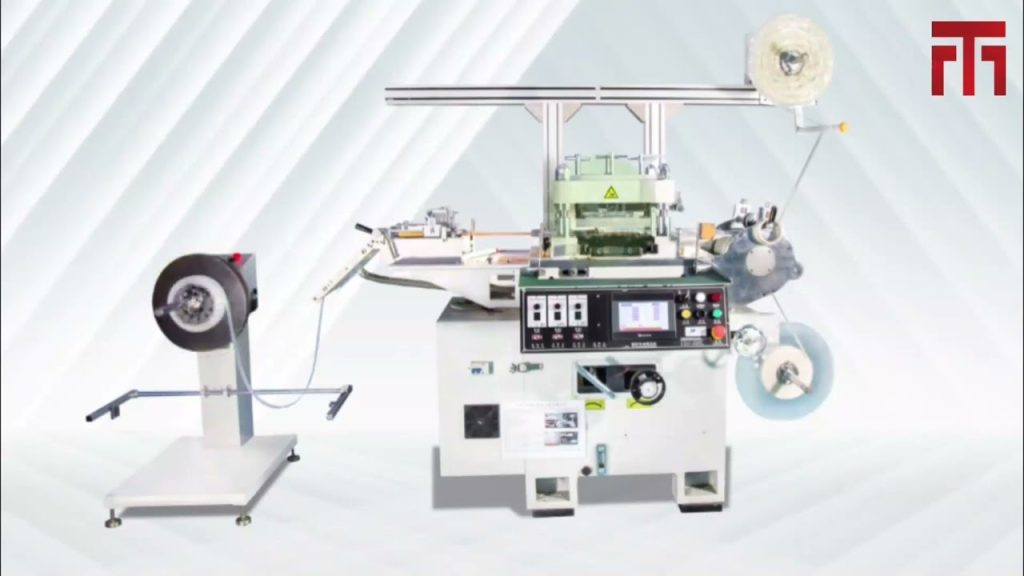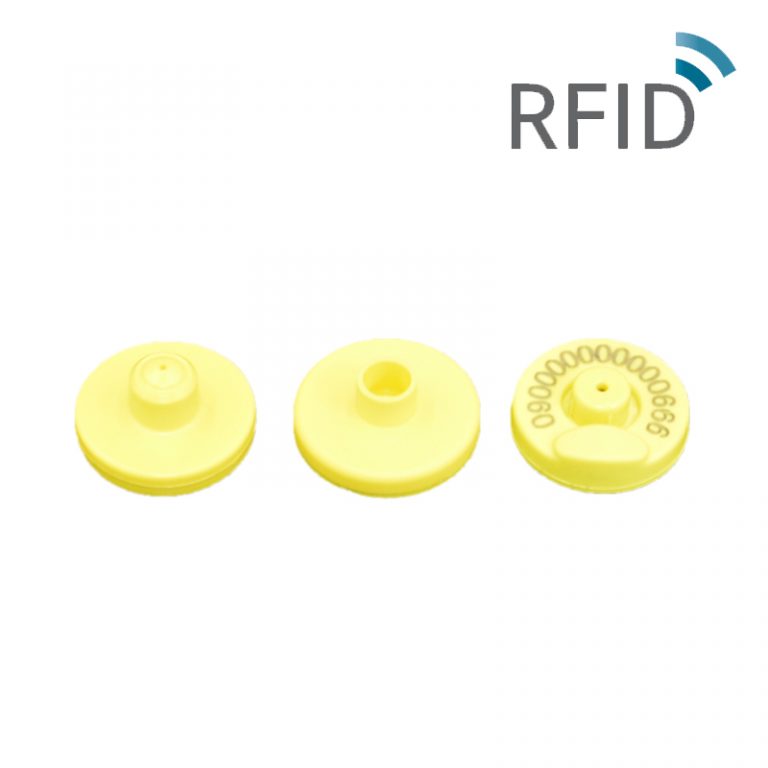do nfc tags work on metal
September 13, 2025
do nfc tags work on metal proposal! do nfc tags work on metal official support.GOV,do nfc tags work on metal active! <h1>Do NFC Tags Work on Metal?&paano kumuha ng rfid online;/h1>
<h2>Introduction to NFC Technology</h2>
NFC, or Near Field Communication, is a short-range wireless technology that enables communication between devices when they are brought within close proximity, typically less than 4 centimeters. It operates at a frequency of 13.56 MHz and is widely used in various applications such as contactless payments, access control systems, data sharing, and smart packaging. NFC tags are passive devices that do not have their own power source; instead, they harvest energy from the reader's electromagnetic field to transmit data. This technology is a subset of RFID (Radio-Frequency Identification), specifically designed for short-range interactions. Understanding how NFC functions is crucial to addressing the challenges it faces when deployed on metallic surfaces.

<h2>The Challenge of Metal Surfaces</h2>

Metal surfaces pose a significant challenge for NFC technology due to their conductive properties. When an NFC tag is placed directly on metal, the metal interferes with the electromagnetic field generated by the reader. This interference can cause two primary issues: detuning of the antenna and shielding of the signal. Detuning occurs because the metal alters the resonant frequency of the NFC tag's antenna, making it inefficient or unable to communicate. Shielding happens when the metal blocks or absorbs the radio waves, preventing the tag from receiving enough energy to power up. As a result, standard NFC tags often fail to work when attached to metallic objects, leading to reliability problems in applications like asset tracking, industrial equipment, or consumer electronics with metal casings.


<h2>Solutions for Using NFC on Metal</h2>
To overcome the limitations imposed by metal, specialized NFC tags have been developed. These tags are designed with features that mitigate the effects of metal interference. One common solution is the use of ferrite layers or shielding materials. A ferrite sheet is placed between the NFC tag and the metal surface. This sheet acts as a barrier, absorbing and redirecting the electromagnetic waves to prevent detuning and ensure efficient coupling with the reader. Another approach involves designing tags with tuned antennas that are optimized for metallic environments. These antennas are often larger or have specific geometries to maintain performance. Additionally, some NFC tags incorporate thicker substrates or spacers to create distance between the tag and the metal, reducing inductive coupling issues. For instance, tags with a foam The Use of RFID for Human Identity Verification
Phone: +86 19925232774
Hours: Mon-Fri 9:00AM - 6:30PM